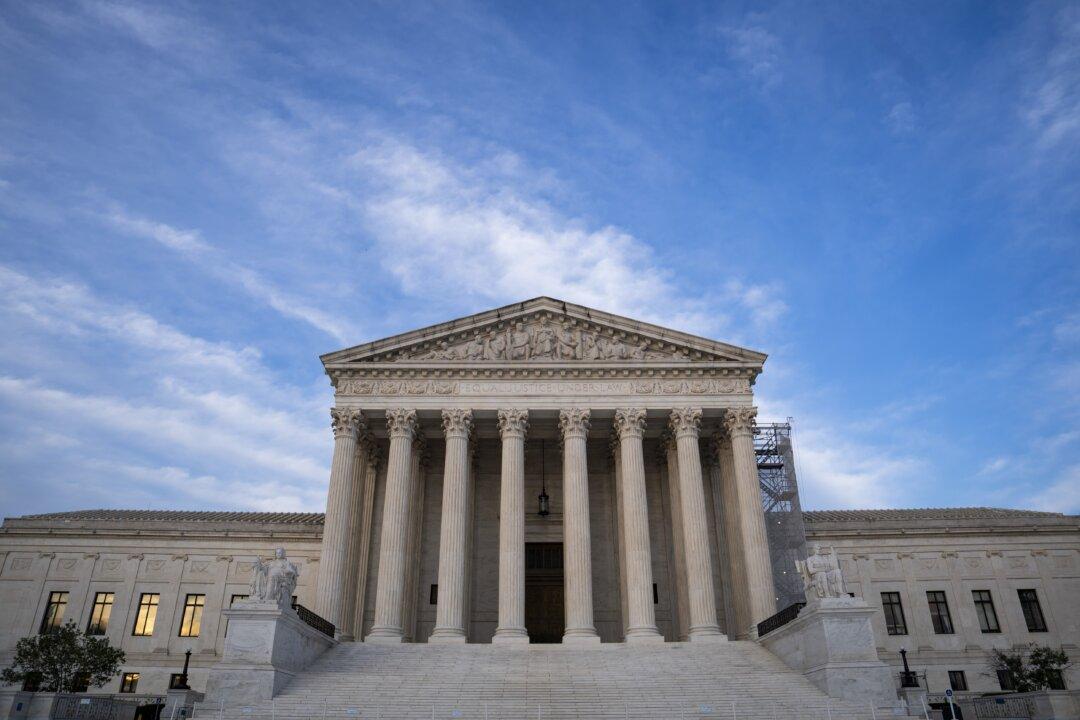In my last article, we talked about the development project, what it meant to the low-income community that would host the project, and the care we took to keep big, project-killing environmental NGOs on the sidelines.
Getting the project approved, even without the environmental NGOs stepping in, took a lot of effort. The state permitting authority was extra careful with the project because they were justifiably wary of how the public and media would react.





